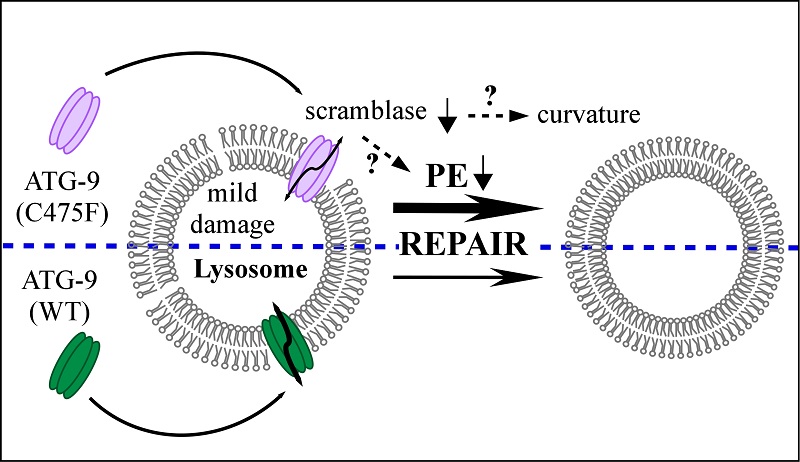2025-04-14 中国科学院(CAS)
<関連情報>
- https://english.cas.cn/newsroom/research_news/life/202504/t20250415_1041231.shtml
- https://www.nature.com/articles/s42255-025-01261-6
体細胞の初期化において、ミトコンドリアの未分化タンパク質応答が多能性の獲得と間葉系から上皮系への移行を阻害する The mitochondrial unfolded protein response inhibits pluripotency acquisition and mesenchymal-to-epithelial transition in somatic cell reprogramming
Zhongfu Ying,Yanmin Xin,Zihuang Liu,Tianxin Tan,Yile Huang,Yingzhe Ding,Xuejun Hong,Qiuzhi Li,Chong Li,Jingyi Guo,Gaoshen Liu,Qi Meng,Shihe Zhou,Wenxin Li,Yao Yao,Ge Xiang,Linpeng Li,Yi Wu,Yang Liu,Miaohui Mu,Zifeng Ruan,Wenxi Liang,Junwei Wang,Yaofeng Wang,… Xingguo Liu
Nature Metabolism Published:09 April 2025
DOI:https://doi.org/10.1038/s42255-025-01261-6

Abstract
The mitochondrial unfolded protein response (UPRmt), a mitochondria-to-nucleus retrograde pathway that promotes the maintenance of mitochondrial function in response to stress, plays an important role in promoting lifespan extension in Caenorhabditis elegans1,2. However, its role in mammals, including its contributions to development or cell fate decisions, remains largely unexplored. Here, we show that transient UPRmt activation occurs during somatic reprogramming in mouse embryonic fibroblasts. We observe a c-Myc-dependent, transient decrease in mitochondrial proteolysis, accompanied by UPRmt activation at the early phase of pluripotency acquisition. UPRmt impedes the mesenchymal-to-epithelial transition (MET) through c-Jun, thereby inhibiting pluripotency acquisition. Mechanistically, c-Jun enhances the expression of acetyl-CoA metabolic enzymes and reduces acetyl-CoA levels, thereby affecting levels of H3K9Ac, linking mitochondrial signalling to the epigenetic state of the cell and cell fate decisions. c-Jun also decreases the occupancy of H3K9Ac at MET genes, further inhibiting MET. Our findings reveal the crucial role of mitochondrial UPR-modulated MET in pluripotent stem cell plasticity. Additionally, we demonstrate that the UPRmt promotes cancer cell migration and invasion by enhancing epithelial-to-mesenchymal transition (EMT). Given the crucial role of EMT in tumour metastasis3,4, our findings on the connection between the UPRmt and EMT have important pathological implications and reveal potential targets for tumour treatment.


